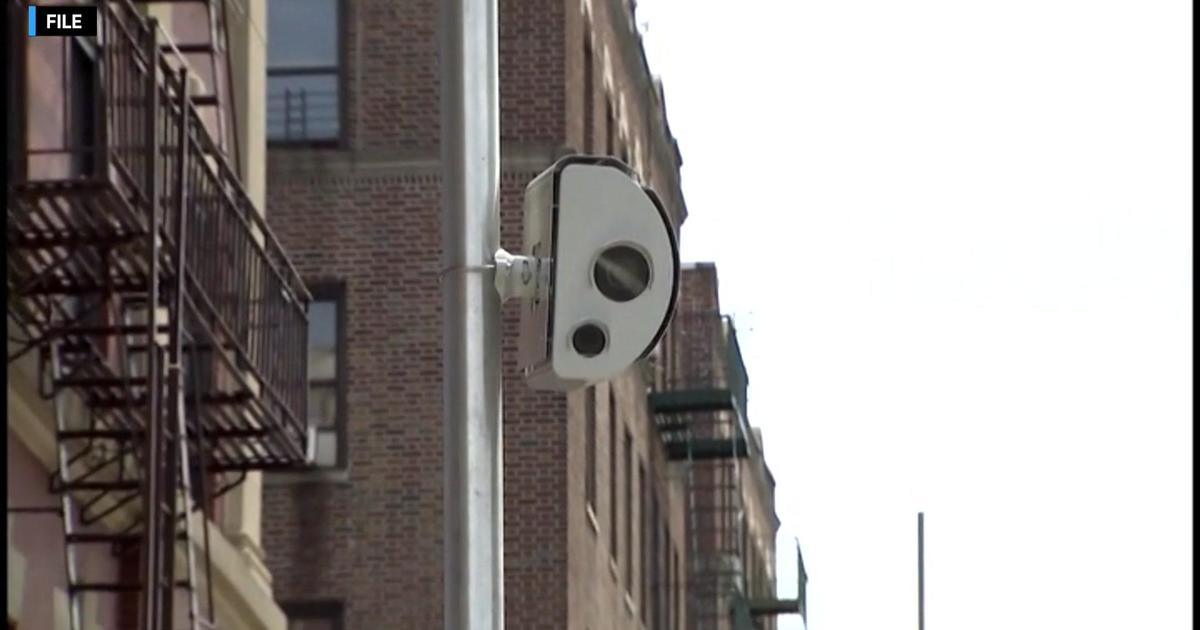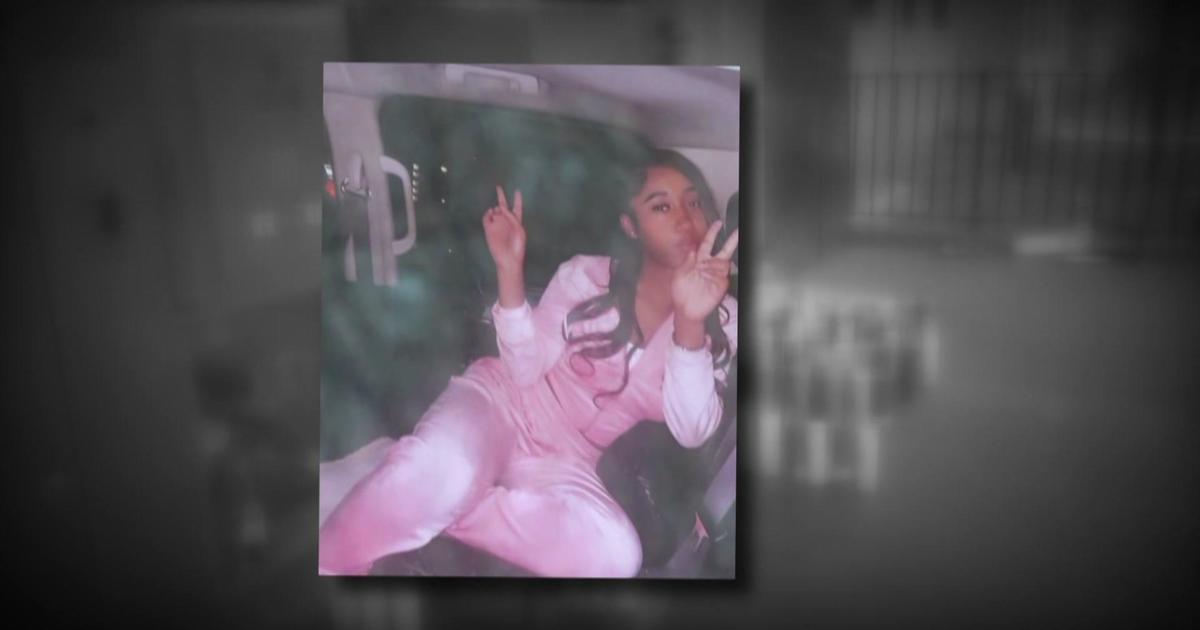NYC To Use $17.8 Million To Offer Non-Bail Option For Some Suspects
NEW YORK (CBSNewYork/AP) -- Thousands of New Yorkers accused of low-level or non-violent crimes won't face the prospect of raising cash for bail under a plan that seeks to keep such suspects out of the troubled Rikers Island jail complex.
The $17.8 million city plan allows judges, beginning next year, to replace bail for low-risk defendants with supervision options including daily check-ins, text-message reminders and connecting them with drug or behavioral therapy.
"There is a very real human cost to how our criminal justice system treats people while they wait for trial," Mayor Bill de Blasio said in a statement. "Some people are being detained based on the size of their bank account, not the risk they pose. This is unacceptable. If people can be safely supervised in the community, they should be allowed to remain there regardless of their ability to pay."
WCBS 880's Alex Silverman talked to New York Civil Liberties Union Senior Supervising Attorney Corey Stoughton, who says this is a very important step forward.
NY Civil Liberties Union Senior Supervising Attorney Corey Stoughton Says Reform Is Step Forward
"Any number of defendants who get a chance to remain free while they're fighting their criminal charges is good for justice and it's good for New York because people won't be in Rikers where they're at risk of abuse and where they're going to lose their job or their kids while they're sorting out what's happening with their criminal charges," Stoughton said.
NYC To Use $17.8 Million To Offer Non-Bail Option For Some Suspects
Bail has long been criticized by inmate advocates for unfairly targeting poor people. Reforms were recommended by a mayoral task-force last year after the Associated Press reported on the case of a mentally ill homeless man who was unable to make $2,500 bail for trespassing and died in a sweltering hot Rikers cell.
More calls for reform gained traction after the suicide last month of 22-year-old Kalief Browder. When he was 16 years old, Browder was unable to make $3,000 bail on charges he stole a backpack. He ended up being held in Rikers for three years, beaten by inmates and guards alike and held in solitary confinement before charges against him were eventually dropped.
"I think the basic principle is that Kalief Browder and other cases have begun to signify this (need for reform) in the public eye,'' said Elizabeth Glazer, the mayor's criminal justice coordinator. "We want to focus on risk to be the determining factor to decide if someone will be in or out; and it has to be risk, not money.''
Currently, about 41 percent of criminal defendants who pass through New York City courts annually are released on their own recognizance and another 14 percent, or 45,500 people, are held on bail.
While many are high risk or facing serious charges, some are detained because they can't afford relatively low bail amounts, officials said.
"This is really important because some people who can't afford $100 bail end up pleading guilty so they can get out, and that's unjust," Defense attorney Stuart Slotnick told CBS2's Dick Brennan.
About 87 percent of the 1,100 people on supervised release in already-existing city pilot programs return to court when they're supposed to, officials said.
Initial funding, provided by the Manhattan district attorney, allows for as many as 3,000 defendants charged with misdemeanors or non-violent felonies to bypass bail, letting them live with their families and keep their jobs while their cases wind through the courts. Officials say they would like to expand non-bail options to include thousands more.
Releasing defendants to community supervision based on so-called risk-assessment tools that gauge a person's threat to public safety is increasingly done in cities and states throughout the country.
About 10 percent of state, county and city courts currently use some such tool to decide if a defendant's too risky to be released or who qualifies for some level of supervision, according to the Laura and John Arnold Foundation, which created its own risk instrument that's used in Arizona, Kentucky and New Jersey as well as in cities such as Charlotte, Chicago, and Phoenix.
Washington, D.C., also is considered a model for eliminating bail, though it still detains pre-trial offenders deemed too dangerous to be released back in the community.
But in New York, unlike most states, efforts to fully do away with bail are complicated by state law, which requires judges to consider defendants' risk of flight, not their risk of reoffending, when determining bail conditions.
"My office has long supported a change to the state's antiquated law that only permits us to take an individual's risk of flight into account when setting bail," Manhattan District Attorney Cyrus Vance said in a statement. "Today, I'm calling on Albany to amend that law to enable prosecutors, judges, and defense attorneys to also evaluate dangerousness and risk of re-offending when making bail determinations, as is the practice in nearly every other state in this country. The use of an updated science-driven risk assessment tool will help actors in the criminal justice system better understand who can safely be released and supervised in the community while awaiting their day in court."
Glazer said she hoped legislators would consider changing the law, a move supported by the state's chief judge, Jonathan Lippman, who said in a statement alternatives to either jail time or no supervision at all "are critical steps in reducing overreliance on bail.''
Some though, warn the program needs to be carefully rolled out.
"Despite being the barometer for the criminal justice system throughout the nation, the risk here is very simply that somebody may fall into the system that will end up committing another crime," said former federal prosecutor Michael Wildes. "We can't afford even one person's life to be lost because of a new system."
But supporters say that risk already exists and the new plan would also give relief to a costly jail system that is bursting at the seams, Brennan reported.
"I think it likely will save money because less people in jail, there will be less overtime for court officers, the system will run more smoothly overall," said Slotnick.
For more information, click here.
(TM and © Copyright 2015 CBS Radio Inc. and its relevant subsidiaries. CBS RADIO and EYE Logo TM and Copyright 2015 CBS Broadcasting Inc. Used under license. All Rights Reserved. This material may not be published, broadcast, rewritten, or redistributed. The Associated Press contributed to this report.)



